The first part of Episode 4 (Montana, Idaho, Wyoming) is about wilderness: bison, wolves, and a sled pulled by huskies and other dog breeds. It’s about a couple who lives two days away from the highway, accompanied by the sound of wolves howling, and about Ted Turner, who owns more land than any other person in the US (2 million acres) and 46 thousand bisons (that’s what I heard; seems huge) between his 10 or so ranches. There are some beautiful landscapes and animals to see.
In North Dakota he eats a deep-fried hamburger and some scrumptious blueberry pie we don’t get to see (and which the waitress calls by some other name, perhaps the German Kuchen). In South Dakota he goes to see the famous faces on Mount Rushmore – faces of presidents George Washington (b. 1732 – d. 1799), Thomas Jefferson (b. 1743 – d. 1826), Theodore Roosevelt (b. 1858 – d. 1919), and Abraham Lincoln (b. 1809 – d. 1865), sculpted there between 1927 and 1941.
Then he goes to see another grand sculpture, that of an Indiana chief called Crazyhorse. He offers his comments, though not to the sculptor who continues his father’s work: the piece is kitsch. Also in South Dakota he goes to the memorial of the Chief Big Foot Massacre of 1890.
In Nebraska he visits a truck stop, and in Kansas a ghost town. An octogenarian, whom people call Wolf River Bob, explains that the town died when it lost its steamboats and railroads. The shots make for some powerful viewing. Villages and small towns die all over the place in the world when the industries that have supported them disappear or relocate. What remains are derelict houses with old signs, and people who are too old and probably too poor and also too connected to their hometown to move elsewhere. But what happens when they die too? Why don’t countries support the rebirth of these places by offering various subsidies, for instance, so that people move there and start businesses?
In Kansas he visits hippies Ed and Diana Peden, who live in a former missile bunker. As he notes in the filmed travelogue and in the accompanying book, it’s an interesting concept, that of turning this concrete underground construction with walls 18 feet thick, a symbol of warfare, into a pleasant, happy home for a couple of peaceniks.
There’s not much about Colorado; just a glimpse of Aspen.
In Oklahoma, as in many American cities, there’s a Salvation Army food counter and some belly dancing. By this point you cannot help but wonder if Stephen Fry is perhaps pushing too far his interest in laying out a social panorama of sorts rather than focusing on things that are truly specific to each state. But right when you do that he shows you “mutton busting,” something you may have had no idea existed: little kids riding muttons rodeo-style. It’s, of course, a much easier ride than that of a rodeo cowboy, but just as tough for these little sportsmen.
In Texas, a state we learn is the size of France, Stephen Fry attends a gala of the rich, one of those events where a table can cost up to $100,000. His companion there tells him that someone who moves into Houston can make his/her name in high society in six months by attending such events: one $10,000 table here leads to an invitation elsewhere, and so forth. Talk about social mobility!
Eventually he reaches the pass between the Rocky Mountains and the Sierra Madre mountain range: El Paso, at the border with Mexico.


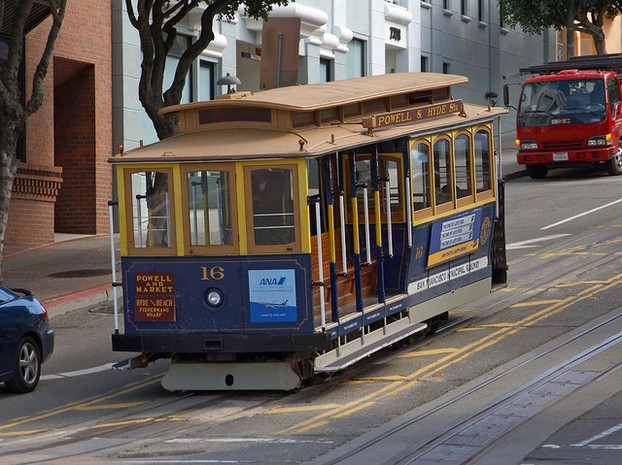
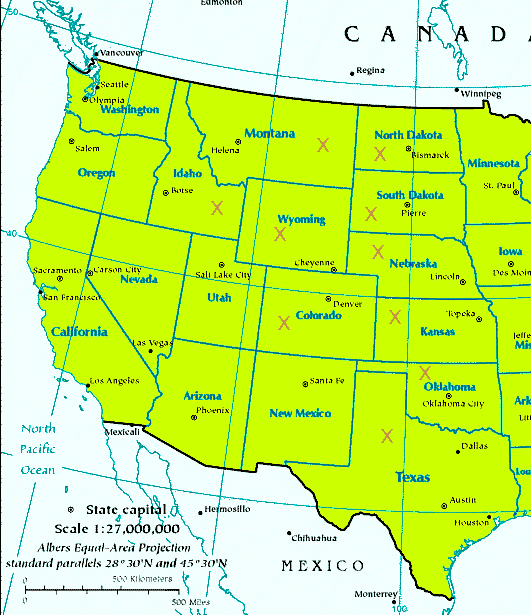
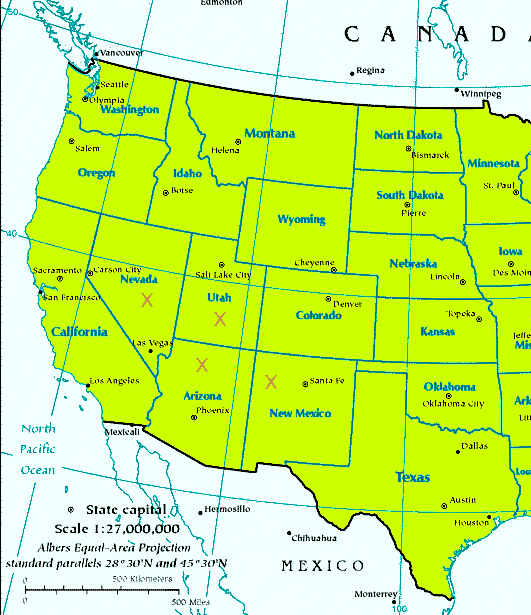
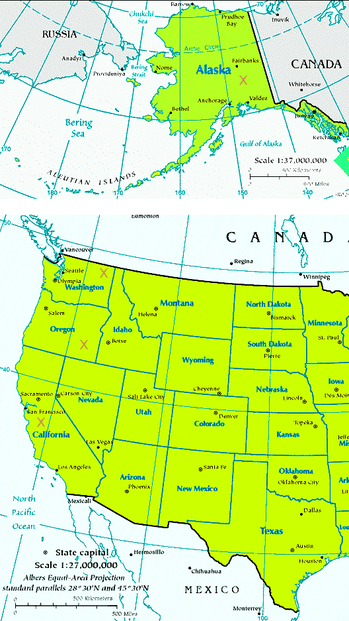



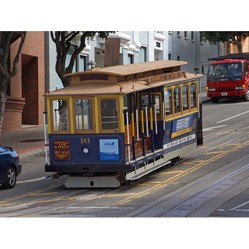

 Funny T-Shirts and Mugs for the First Year of the Covid Eraon 10/15/2020
Funny T-Shirts and Mugs for the First Year of the Covid Eraon 10/15/2020
 Cool Gadgets for Geeks and Travelers Part 3, Great Gifts This Christmason 05/06/2019
Cool Gadgets for Geeks and Travelers Part 3, Great Gifts This Christmason 05/06/2019
 25 Creative Get Well Gift Ideas for Coworkerson 03/08/2019
25 Creative Get Well Gift Ideas for Coworkerson 03/08/2019
 Perfect the Moment. Seize the Day and Perfect Iton 12/12/2018
Perfect the Moment. Seize the Day and Perfect Iton 12/12/2018

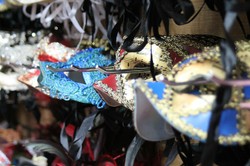

Comments
I missed your article on Brian Unger. I'll make sure I read it. Thanks for stopping by :)
Mira, It's interesting to compare the perspectives of Stephen Fry as a Brit and of Brian Unger (whom I've reviewed) as a Romanian-American regarding different regions and states. It's interesting what they choose to spotlight, such as Mr. Fry focusing on geological formations and native textiles for Utah's Monument Valley.
Thank you!
Thank you, Marsha!
Decided to tweet this article.
Well written and interesting. Thanks for this info.
Yes, it's highly enjoyable. Thank you for visiting!
This must be an interesting series.
Thank you!
I'm pinning this to one of my group travel boards.